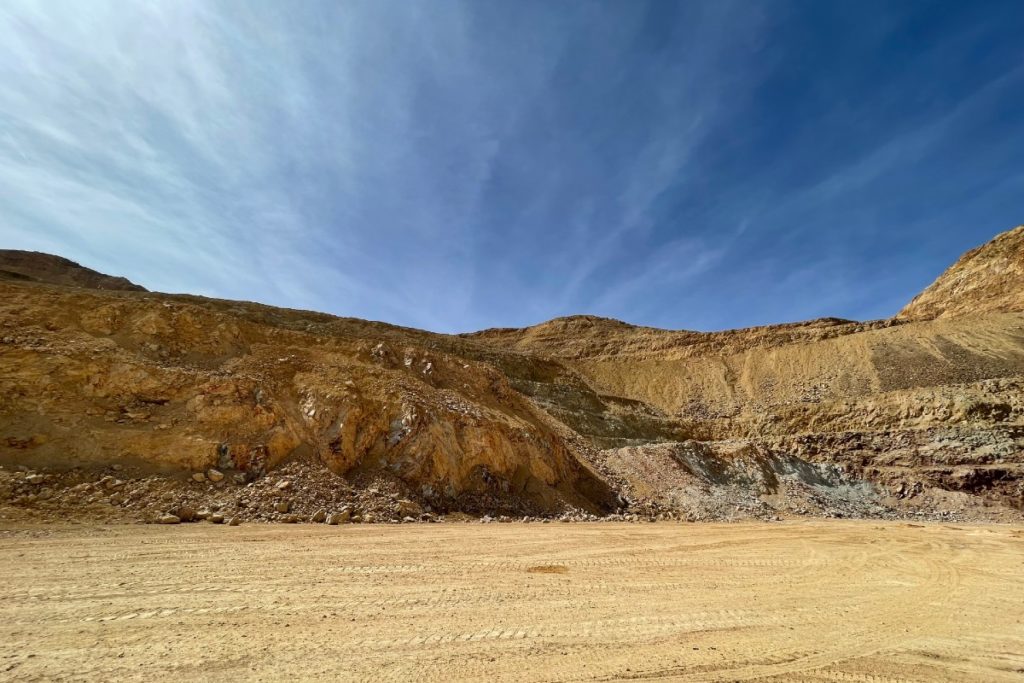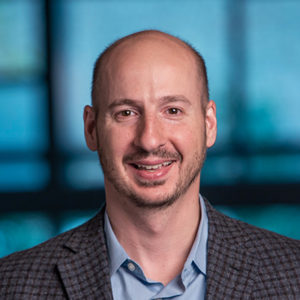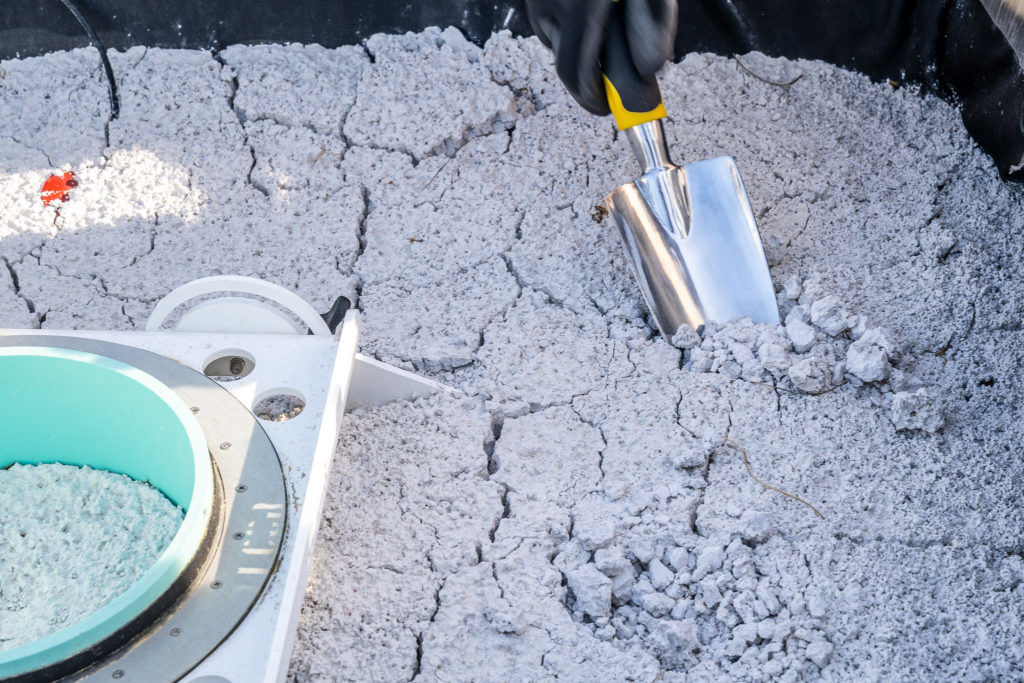
Reaching our carbon emission goals requires efforts on all fronts of carbon management; decreasing carbon emissions, capturing carbon and storing carbon. Traditionally, cost and resource availability are leading factors that determine how and where these efforts are made, leaving environmental and societal impacts as afterthoughts.
Penn Engineers in the Kleinman Center for Energy Policy’s Clean Energy Conversions Laboratory are changing this by prioritizing environmental justice throughout the entire life cycle of carbon management.

The Clean Energy Conversions Lab is currently led by Peter Psarras, Research Assistant Professor in Chemical and Biomolecular Engineering (CBE), while Jennifer Wilcox, Presidential Distinguished Professor in Chemical Engineering and Energy Policy in CBE, serves in the Department of Energy for the Biden Administration. The lab’s mission is to minimize the environmental and climate impacts of our dependence on fossil fuels through carbon management.
The group’s research focuses on three main questions: How can we limit atmospheric accumulation of carbon dioxide; what can we do with the carbon dioxide once it is captured; and how will those solutions scale to meet our needs?
One particular technology Psarras and fellow researchers in the Clean Energy Conversions Lab examine is direct air capture (DAC) of carbon dioxide. DAC is technology which extracts carbon dioxide from the air through a series of chemical reactions, returning the “cleaned” air back into the environment. Plants do this through photosynthesis, while DAC does this through an engineered, mechanical system, which requires a fraction of the time and physical space of their biological counterparts.
However, this technology does impact the environment as it requires the mining, refining and manufacturing of metals and concrete to create these large facilities and the final placement of these facilities, while not reliant on land resources, can have enormous land implications for the surrounding communities. DAC also requires storage or use of the carbon acquired, and injecting and storing carbon in geologic reserves opens risk of carbon leaks and groundwater pollution. The risks associated with the location of the facilities and the method of final storage and reuse of carbon all need to be considered. Psarras’ research in collaboration with the World Resources Institute aims to assess these impacts and outline DAC policy.
“We have to think about building these large facilities in places which will minimize the impacts to communities,” says Psarras. “This might look like avoiding tribal lands, marginalized communities or threatened ecosystems. Beyond placement, we want DAC to be perceived as beneficial, thus, involving the community and including their voices needs to be central in the decision-making process. But these solutions will not come without risks and impacts, and unfortunately, we cannot afford to wait. Because we know there are tradeoffs involved, it is critical to shift how academics and agencies think about DAC placement through the prioritization of environmental justice.”
Psarras’ work in carbon management modeling has also been a key part in helping the state of Nevada reach net zero by 2050. In collaboration with The Nature Conservancy, Psarras and his team have provided multiple cases which include various degrees of capturing, reducing and storing carbon to reach this goal.
“Many variables are considered in these cases,” says Psarras. “For example, Nevada has a lot of public and tribal land, very little forests, a decent amount of geothermal activity, and a lot of mining. Rock waste in these mines is actually a great place to store carbon permanently. DAC is an option for removing carbon from the air, but we have to be careful of where we place it. Reducing emissions is also needed, but questions about how to curb the inequitable distribution of burdens in transitioning energy landscapes remain. These are the challenges we are assessing with The Nature Conservancy of Nevada to find realistic solutions.”
Psarras and his students are planning a follow-up study in Nevada where they will sample the mines as potential carbon storage areas, as well as conduct interviews with community members to understand what they want and how they will respond to future policies.
“Our work is constantly weighing harms against each other because there is no solution that will have zero negative impact,” says Psarras. “And this is the reason we cannot have knee-jerk reactions to any solutions offered to reach these goals. Our goal as a lab is to inform through science-based dialog, and we’re beginning to understand the importance of doing that beyond a purely academic audience.”

The lifecycle of carbon management does not end at its capture. Engineers then need to reuse the carbon dioxide or store it somewhere else. One use for carbon dioxide is to inject it into an underground crude oil reservoir to enhance oil recovery from otherwise inaccessible oil fields. Because this use of carbon dioxide gas directly benefits the fossil fuel industry, it has not been widely accepted as a solution amongst clean water advocates and environmental scientists, but it may be a use that helps us decarbonize fossil fuels in the near term.
“I think it is important to write honestly about enhanced oil recovery, or EOR, on its lifecycle and on the basis of carbon accounting,” says Psarras. “There is very limited scholarship in this space. While it is a controversial topic, there are climate benefits, namely production of low-carbon fuels and the use of EOR to stand up emerging technologies and move them down the learning curve. Do these benefits outweigh the costs? Hard to say, but it is not as one-dimensional as much of the dialog suggests.”
Psarras sees the next steps in this field tackling the bigger picture, requiring a diverse set of skills and experts.
“With all of these carbon management projects, we focus on minimizing impact on people, especially those that are most vulnerable,” says Psarras. “At this point, our lab is able to provide models and scenarios that can help us reach net zero, but we still need policy makers, sociologists, community leaders and communicators to accomplish the larger goals. The problems we are faced with as scientists cannot be solved in silos. We need an interdisciplinary effort to deliver the full impact of our work.”
